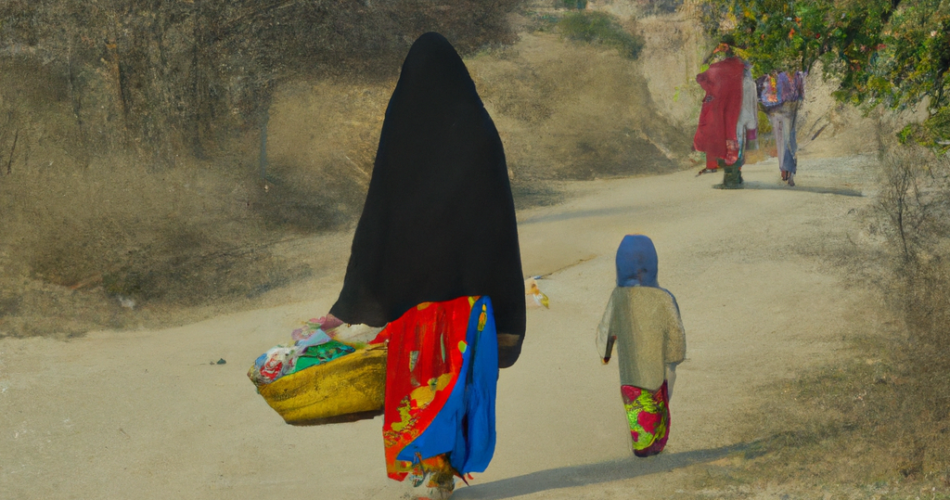Pakistan has been facing an economic crisis for several years, with challenges ranging from inflation and high unemployment rates to a balance of payments crisis and a declining currency. Here are some of the factors and causes contributing to the country’s economic crisis in Pakistan:
- Balance of payments crisis: Pakistan’s economy is heavily dependent on imports, particularly of oil and machinery, while exports remain low. This has led to a significant trade deficit, with the country importing more than it exports. The resulting balance of payments crisis has put pressure on the country’s foreign exchange reserves.
- Energy crisis: Pakistan’s energy sector is in a state of crisis, with frequent power cuts and shortages that have crippled industries and businesses. This has led to a decline in productivity and job losses.
- Debt burden: Pakistan’s external debt has increased rapidly in recent years, with the country borrowing heavily to finance its infrastructure projects and meet its foreign currency requirements. This has put a strain on the country’s finances and led to concerns about its ability to service its debts.
- Inflation: Inflation in Pakistan has been high for several years, with the cost of basic necessities such as food and fuel increasing rapidly. This has led to a decline in purchasing power for many people, particularly those on low incomes.
- Unemployment: Pakistan has a high unemployment rate, particularly among young people. This has led to a lack of job opportunities and income inequality, which exacerbates the country’s economic challenges.
- Political instability: Pakistan has experienced significant political instability in recent years, with frequent changes in government and a lack of continuity in economic policies. This has made it difficult to implement long-term economic reforms and has created uncertainty for investors.
- Security challenges: Pakistan has also faced security challenges, including terrorism and instability in neighboring Afghanistan. This has led to a decline in tourism and foreign investment, which are important sources of foreign exchange.
- Agriculture sector challenges: Agriculture is an important sector of the Pakistani economy, employing a large portion of the population. However, the sector has faced challenges including water scarcity, outdated farming techniques, and a lack of investment in infrastructure.
- Informal economy: Pakistan’s economy is heavily dependent on the informal sector, which includes small businesses and self-employed individuals. This sector is often not regulated, which makes it difficult to collect taxes and monitor economic activity.
- Demographic challenges: Pakistan has a large and growing population, which puts pressure on its resources and infrastructure. This has led to challenges such as urbanization, a shortage of affordable housing, and environmental degradation.
The Pakistani government has taken several steps to address these challenges, including seeking assistance from international organizations such as the International Monetary Fund (IMF) and implementing economic reforms. However, the country continues to face significant economic challenges, and it will likely take sustained efforts over a long period to address them effectively.
